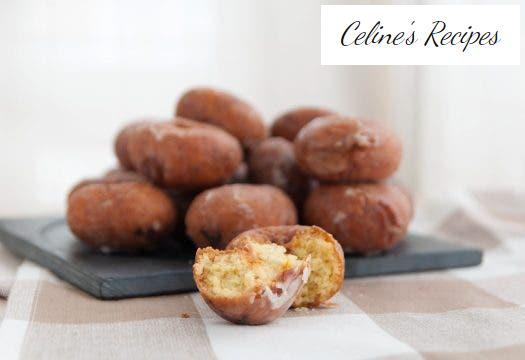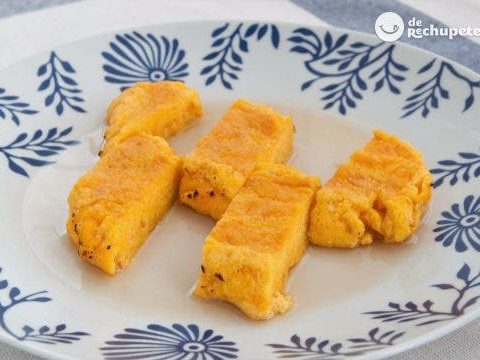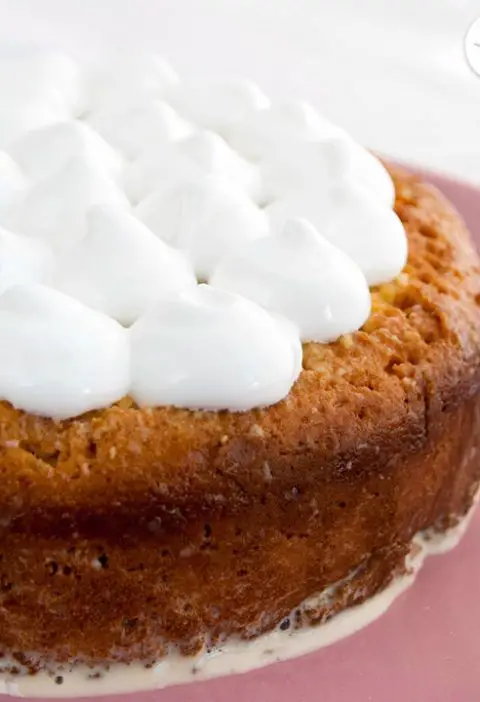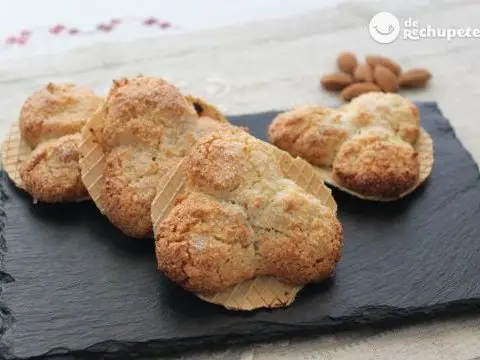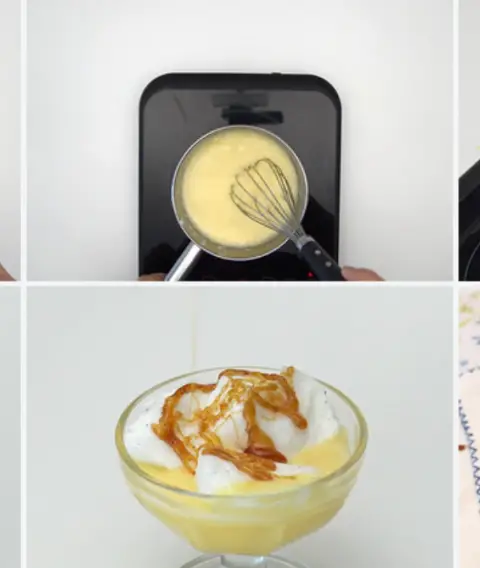
Info.
- Half
- 50 minutes
- For 10 people
- 0.4 € / person
- 387kcal per 100g.
How to prepare some anise donuts .
The traditional Spanish pastry is very extensive, from the muffins , to all kinds of biscuits , the churros , the French toast , the panellets , the roscón de reyes , the pancakes … it could continue like this up to 100 types of desserts.
Although the Arab heritage in our country is very important, and what we call sweet fried dough wins by a landslide. In each city, town, village there is a recipe which differs from the other. For us, talking about donuts is talking about memories, talking about tradition.
When we make homemade donuts , it is more than just a sweet preparation, it is going back to the past and remembering the flavors of our grandmother’s cuisine in a tribute to all that legacy of homemade recipes that are passed from generation to generation and of which, the donuts they are the main banner.
Today’s recipe is aniseed donuts, special donuts, very homemade, with an aspect that attracts attention and that following the recipe step by step will come out perfect, delicious.
It is a recipe that children love for its aroma and for the handling of its dough, they love making balls.
Preparation of the donut dough
- We wash and grate the orange and the lemon, without reaching the white part, only superficially. We separate the yolks from the whites. In a glass of the mixer, beat the egg whites until stiff with a pinch of salt, add the yolks and mix, wrapping so that the whites do not fall. We reserve.
- We add the sugar, the soft olive oil, the anise (if the donuts are going to be eaten by children, you can substitute the anise for orange juice) and the flour to which we have added the yeast envelope.
- First we beat the sugar with the oil, anise and citrus.
- We mix with the egg mixture that we have beaten and it is fluffy. Gradually add the flour, beat vigorously so that lumps do not form until you achieve a dough that no longer sinks on the edges of the bowl.
- We have to get a dough that sticks but is manageable. We can coat our hands with oil to better handle the dough, but only a little, we also do not want to add more oil than necessary to the dough.
- We prepare a ball with the dough and wrap it in plastic transparent film, let it rest in the fridge for a couple of hours.
- The dough for our anise donuts should be an easy dough to work with, although sometimes depending on the flour and its absorption level, it can be slightly lighter. To solve this problem once you are in the step of letting the dough rest you can put it in the fridge so the dough will cool down and its handling will be much easier.
Donut Preparation
- After the resting time of the dough, we put a frying pan with plenty of sunflower oil on the fire and we are going to fry it, it will be our famous donuts.
- One trick to flavor the oil is to fry two long strips of lemon peel (with no white fruit, just the skin) in the oil at low temperature.
- We leave them in the oil for 10 minutes at low temperature, 2 out of 10 points of induction temperature is enough.
- We move on to the most fun of the recipe, making the donuts. Spread extra virgin olive oil on the counter and hands, make some balls the size of a golf ball, more or less all the same. About 30 balls come out. We will divide our dough into small balls of between 5 and 10 grams depending on the size we want our donuts.
- This is the easiest way since we will only have to open a hole in the center with the help of our fingers. In this way you will ensure that they are all the same and very fluffy.
- If you want them crunchier, you can make finer churritos of dough as if it were modeling clay. We join them at the ends. I leave to your choice the shape that you like the most.
Frying anise donuts
- We remove the lemon peels from the sunflower oil. We fry the donuts being very careful not to burn them. It is important because after all the work we do not want them to pass us or stay raw inside.
- To do this, we put the oil in the pan over medium heat without smoking.
- We fry in batches of no more than 6 donuts, so that the oil does not get too cold. Don’t be scared if they fall to the bottom, they rise again, because with the temperature they get a little fat.
- Be careful with the temperature of the oil, initially you can raise it to take temperature. Then you must lower it or they will get too much on the outside and will be raw inside.
- The thicker the donuts, the juicier they will be on the inside and crisp on the outside.
- When they are gilded on both sides. We place them on absorbent kitchen paper to remove excess oil. Let them cool and reserve for the glaze.
If you like this recipe, be sure to visit our special desserts and sweets for Easter and Easter . Be sure to enjoy all the yummy sweets in our dessert recipes .
You can see all the step by step photos of these anise donuts in this album.
Preparation of the syrup and final glaze of the donuts
Once cold we have two options:
- We sprinkle them with icing sugar or regular white sugar. We put sugar on a plate. We are coating the donut in the sugar so that it adheres, from here to a source or directly to the mouth. You can add a little cinnamon powder to the batter sugar, it will give a different touch.
- The other option, which is the one that my father likes the most, is to glaze them with a soft syrup, butt of sugar.
- We simply make a syrup in a saucepan where we usually prepare the milk in the morning with the ingredients of the recipe. We let it reduce and we pass all the donuts wetting on both sides. This will cause a scab to form and keep them in good repair for a long time. We put them on a baking tray or on the counter. After a while we reposition them so that they do not stick before the sugar dries.
I assure you that the result is fantastic, delicious, of course. Now you just have to enjoy them at breakfast or snack.
Instead of donuts, you can make palms a little wider in the center with your palms. Obtaining after frying “palos de santo”, which is also sprinkled with sugar. Delicious!
